Outdoor furniture faces constant exposure to the elements—sunshine, storms, rain, snow, and humidity—not to mention regular use during backyard gatherings and family events.
Understanding different materials' durability, maintenance needs, and weather resistance is essential when investing in patio furniture.
Let's explore some popular outdoor furniture materials, examine their key properties, and help you determine which option best suits your home's outdoor space.
What to Consider When Selecting Outdoor Materials?
The right materials can make or break your outdoor living experience. Here are the key factors to consider when shopping for patio furniture:
Durability
Durability should top your list of priorities. Quality materials will stand up to harsh weather, resist pests, and handle daily use for years to come.
While high-quality outdoor furniture often costs more upfront, it won't crack, warp, or fall apart after just one season.
Think of it as an investment—pay more now for furniture that lasts rather than replacing cheaper pieces every year or two.
Maintenance
Be honest about how much time and money you want to spend on upkeep. Some materials, like aluminum and HDPE, need almost zero maintenance—just occasional cleaning.
Wood furniture, on the other hand, typically requires regular sealing, staining, or painting to stay in good shape.
Rain and humidity
Rain and humidity can damage outdoor furniture by rotting wood, rusting metal, and molding fabric. If you live in a humid area, avoid softwoods like pine or untreated wood.
You should choose furniture that is naturally waterproof, such as teak or synthetic wicker, or that has been treated to resist moisture.
Also, ensure your deck and furniture surroundings are well-ventilated and drained to prevent water buildup and rot.
Sun Exposure
Sun exposure can cause your outdoor furniture to fade, crack, or warp. Choose furniture that contains UV-inhibiting materials or has been coated with a UV-resistant coating.
For fabrics and finishes, choose light-colored, fade-resistant materials to reduce heat absorption and visible wear. In addition, use parasols, awnings, or pergolas to shield your home from direct sunlight.
Wind and Storms
Strong winds can damage or overturn your outdoor furniture, causing property damage or personal injury.
If you live in a storm-prone area, choose heavy-duty materials such as teak or metal to increase wind resistance.
You can also secure your furniture with hurricane straps, stands, or anchors to ensure that it doesn't blow away during a storm.

Comfort
Your outdoor space should be just as comfortable as your indoors, as you'll be spending hours lounging on these furnishings.
Choose materials that stay cool in the sun, such as aluminum, light-colored wood, or breathable fabrics.
Look for comfortable seating options, such as upholstered seats, cushions, and padding to make sitting for long periods more comfortable.
The Best Outdoor Furniture Materials
Teak

Teak is the best wood for outdoor furniture mainly because it is durable. If properly cared for, teak furniture can last up to 50 years.
Teak contains natural oils, so it's not afraid of moisture, rot, and insects. This hardwood performs well in hot weather, rainy environments, and cold conditions without cracking or warping.
Compared to softwoods such as pine or cedar, teak is denser and, so, more resistant to pressure and damage.
Teak doesn't require seasonal storage or a lot of maintenance, while cedar requires you to protect it with annual oiling and is also prone to denting, cracking, or damage from moisture.
Teak is, however, significantly more expensive than other woods. If not oiled regularly, teak can turn a silvery gray color over time. Teak furniture is also heavier and can be difficult to move.
IPE
IPE is an extremely durable hardwood that is stronger than teak. This wood is dense, darker in color, and about twice as hard as teak.
IPE holds up well regardless of the weather. It resists heat without scorching, is stable in cold environments, and has minimal expansion and contraction.
IPE contains natural oils that resist moisture, making it naturally resistant to rot, insects, mold, and even some fire resistance.
Due to its limited supply, IPE is more expensive than other woods, such as cedar. It has a very dense grain, is more difficult to work with, and is very heavy. IPE requires oil to maintain that dark brown look.
Synthetic Resin Wicker

Synthetic resin wicker mimics the classic look of wicker from natural materials but avoids its drawbacks.
Synthetic resin wicker will not rot, warp, or fade with rain, sun, or water like natural wicker will; it is durable and strong and is often UV resistant.
Whereas natural wicker needs to be taken in during bad weather, synthetic resin wicker can stay out all the time. It's also less expensive than luxury outdoor materials like teak.
That being said, cheaper resin wicker does look less natural. It even has the potential to lose color over time if it's not UV-treated.
This furniture is usually made of light aluminum frames that can get blown away on windy days.
Cast Aluminum

Cast aluminum is an excellent choice for outdoor furniture. It will not rust in rain or snow, unlike wrought iron. It's lightweight and durable, which makes it easy to rearrange your patio.
The majority of cast aluminum items are powder coated to ensure they do not scratch or fade from the sun.
Unlike iron or steel, cast aluminum is low maintenance. You don't need to sand or repaint every season. A simple wash with soapy water will make it look brand new.
Keep in mind that cast aluminum gets hot in the sun. It is lighter than iron, and lighter pieces can topple in windy weather.
Wrought Iron
Wrought iron is strong and durable; it won't crack, warp, or break like wood or plastic. This heavy material is resistant to wind damage and will protect your furniture during storms.
Wrought iron requires regular maintenance to prevent rust, and should be maintained annually with a coat of rust-resistant paint and covered up during the winter months.
Wrought iron can get very hot in direct sunlight, and you will usually need to add cushions for comfort. Moving these pieces of furniture can be difficult due to their weight.
Stainless Steel
Stainless steel is preferred because of its durability and stylish appearance. Stainless steel contains chromium, which repels corrosion. The product can withstand rain, snow, and salt spray without corroding, so it is available for use in wet or rainy locations.
Stainless steel is more durable and resistant to scratching than ordinary steel and aluminum.
It will not be easily blown away by the wind like lighter aluminum patio furniture would. While ordinary steel and iron products rust, stainless steel requires very little maintenance to stay in place.
While buying, use 304 or 316 grade stainless steel for the most favorable outdoor use. Stainless steel gets hot in the sun, can leave fingerprints, and needs to be cleaned regularly to maintain its luster.
HDPE

HDPE (High-density polyethylene) is a durable plastic that resists insects, mildew, and extreme weather conditions year-round outdoors.
It does not need to be painted or sealed as wood and will not rust as metal. The color is part of the material, so it will not scratch easily.
HDPE is tougher than polyethylene, more wear-resistant than PVC, and heavier than either. It is, so, less likely to be blown around in high winds.
HDPE will also get hot when exposed to direct sunlight and requires cushions or shade to stay comfortable. When purchasing HDPE products, check that they contain UV inhibitors, as prolonged exposure can lead to degradation.
GRC
Made from a blend of concrete and fiberglass, GRC is extremely weather, moisture, and UV resistant and requires little maintenance compared to wood or metal furniture.
GRC is lightweight and easy to handle compared to regular concrete, so you can easily rearrange your outdoor space.
It is important to note that GRC has small holes in the surface where liquids can seep in. If you spill a drink or water on it, please wipe it up as soon as possible to avoid leaving marks. Also, please avoid hitting the GRC furniture with heavy objects, which may cause breakage.
Choose the Right Outdoor Furniture Material
Choosing the right material will make your furniture more long-lasting, comfortable, and maintenance-free. Before buying, consider your climate, usage of the furniture, and the time you are willing to devote to maintenance.
The best choice is one that combines durability and comfort to meet your needs. Sturdy materials such as metal or teak are less likely to wear out, while cushions or upholstery add comfort.
Even sturdy materials require care, such as regular cleaning or cover replacement, to keep them in good condition. Choose wisely, and your outdoor furniture will last for years to come.
Ready to upgrade your patio? Start by selecting the right material.


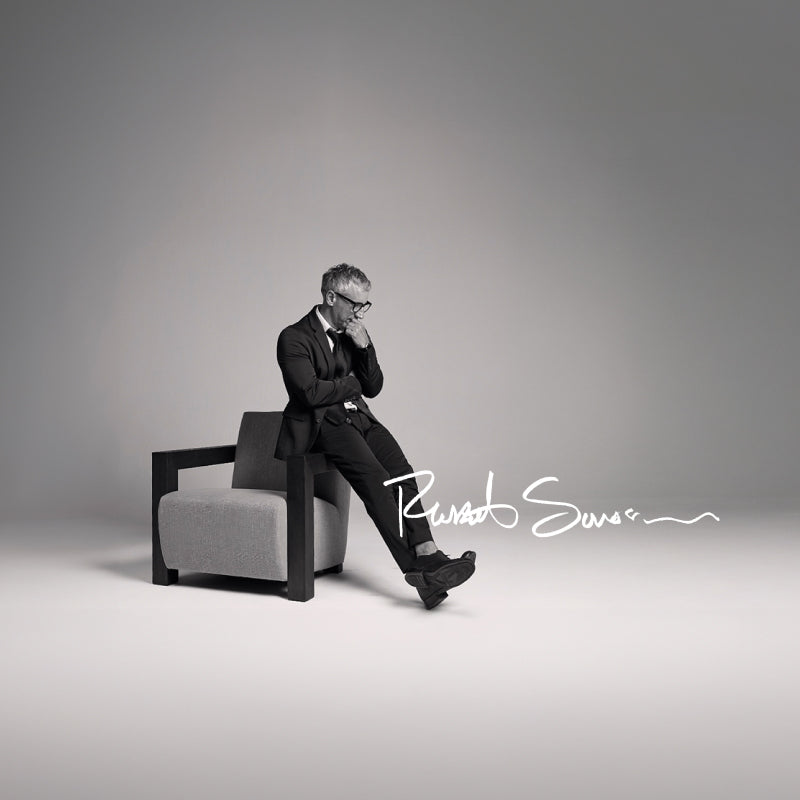
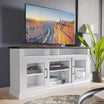
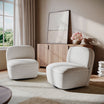
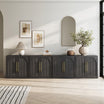
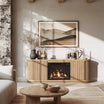


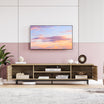
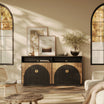
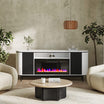
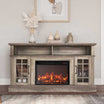
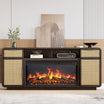
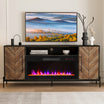
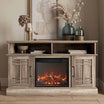
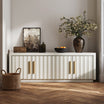
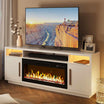
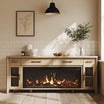
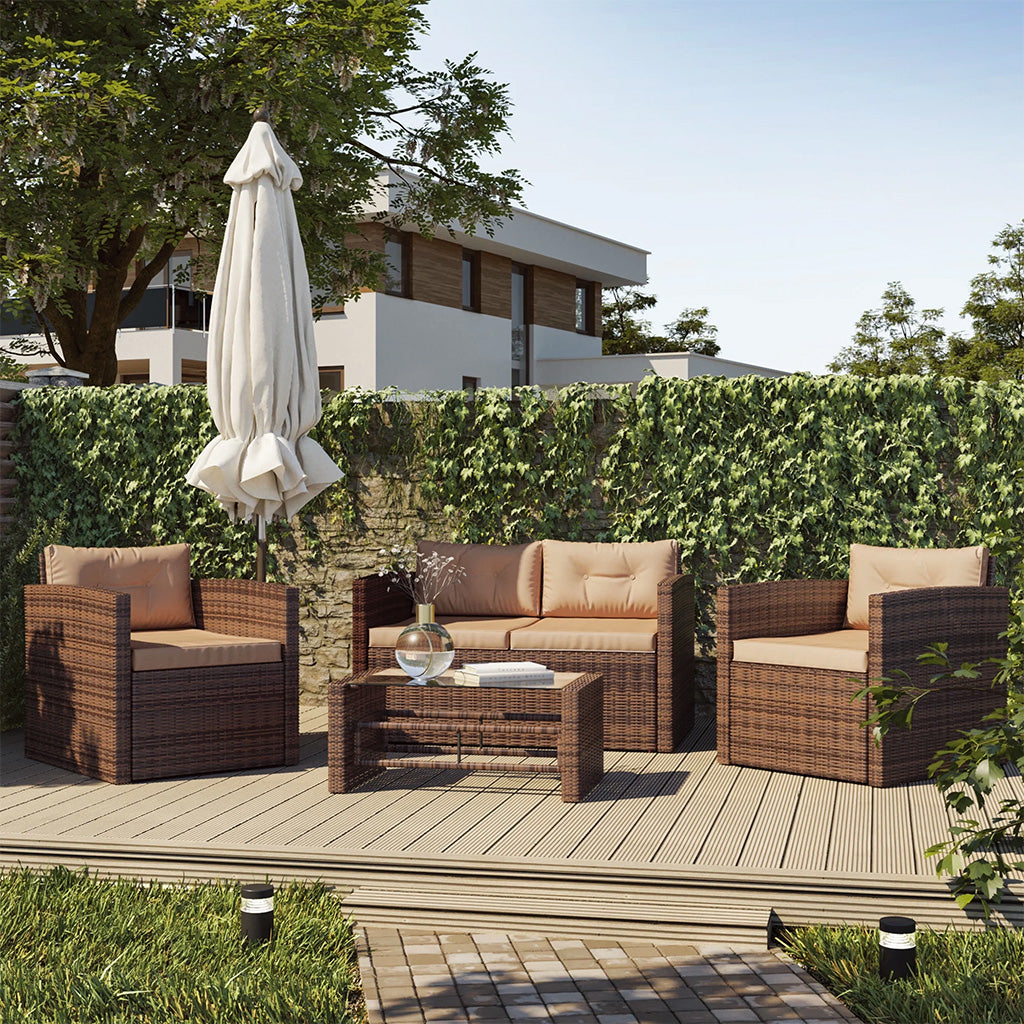
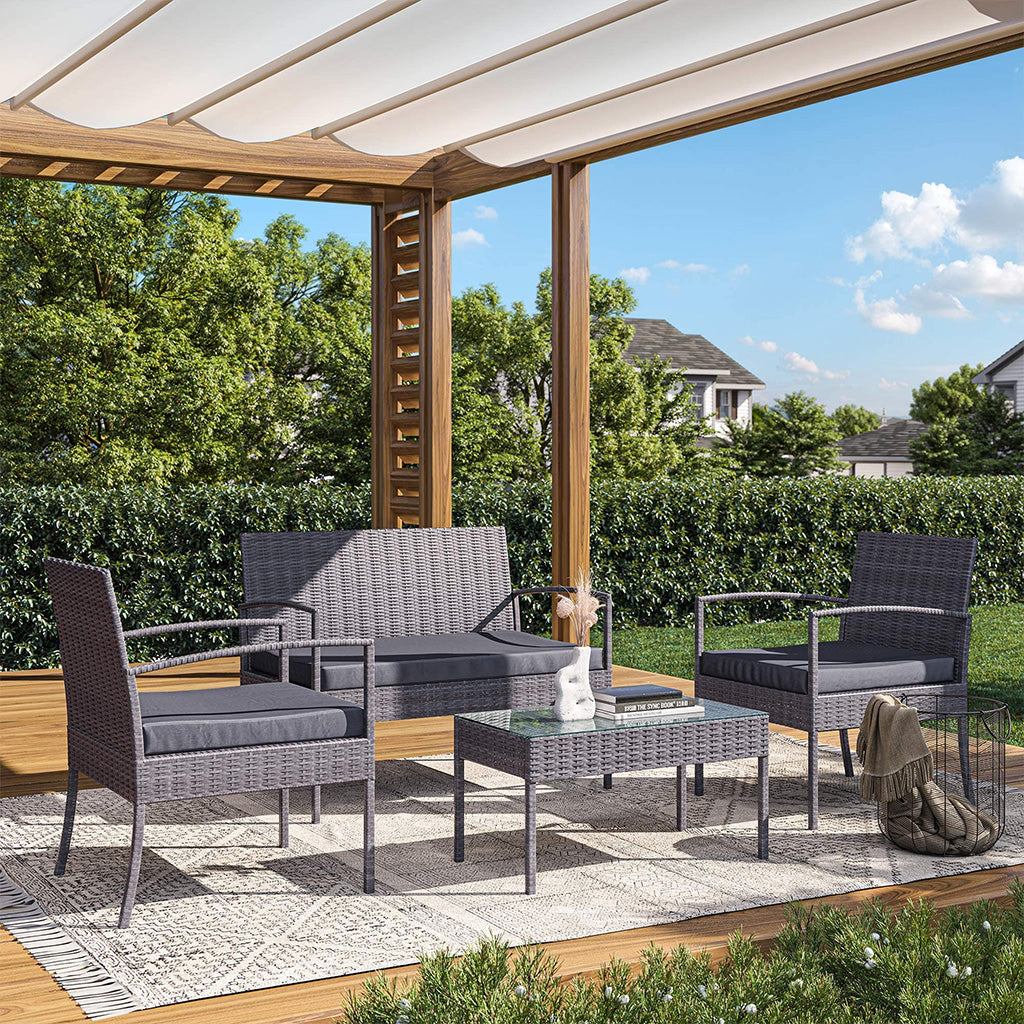
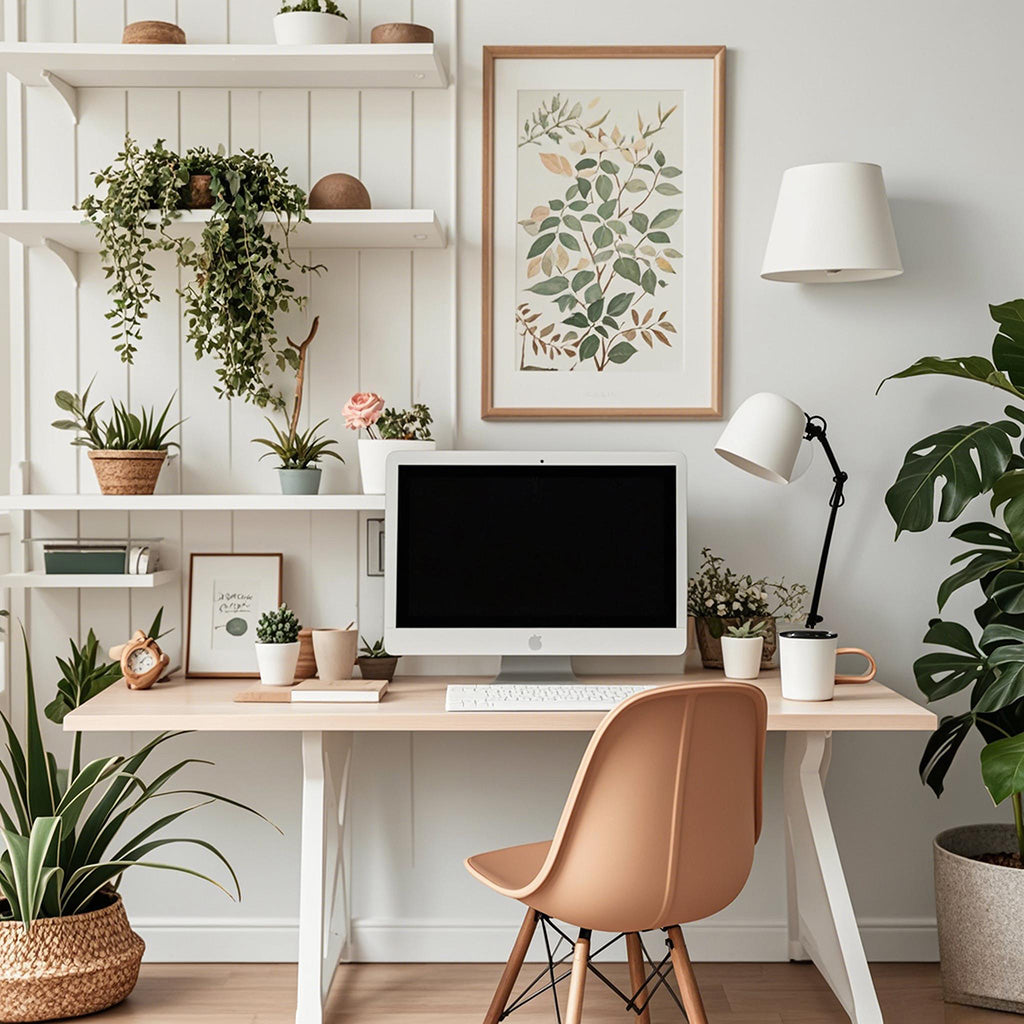

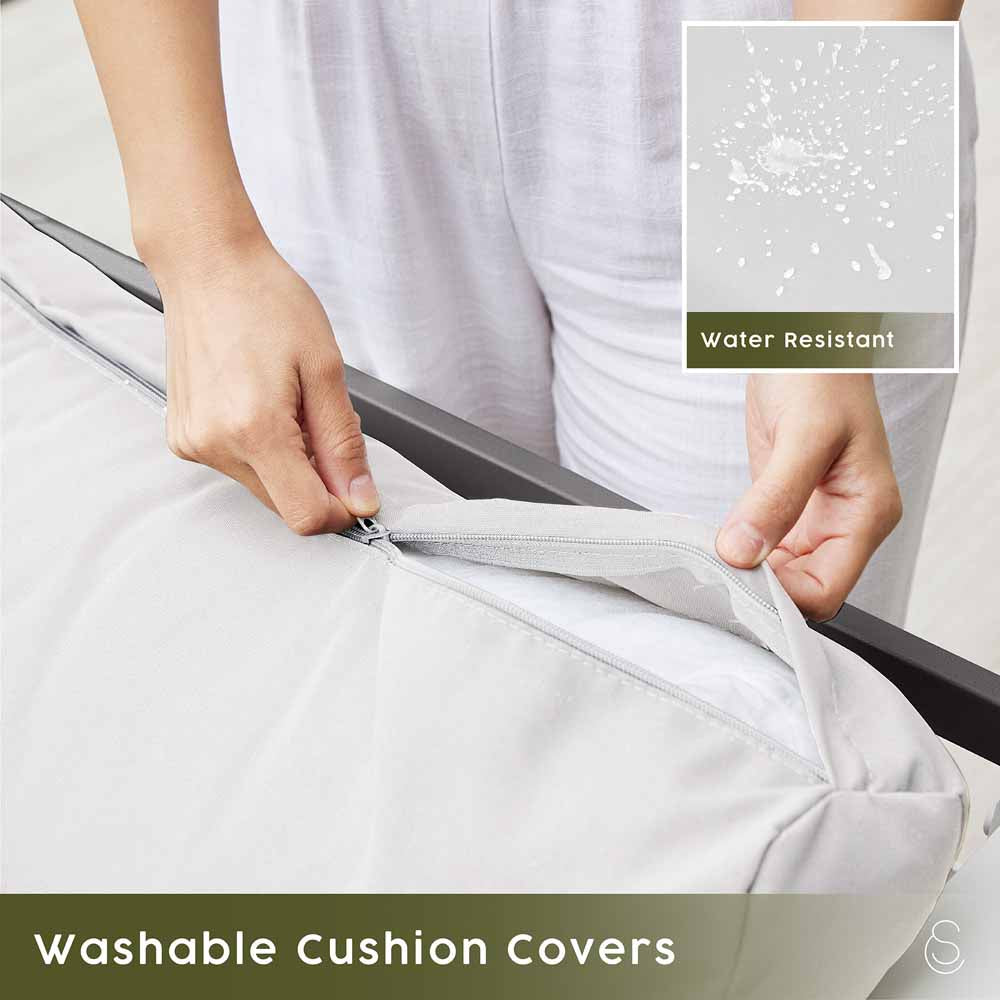
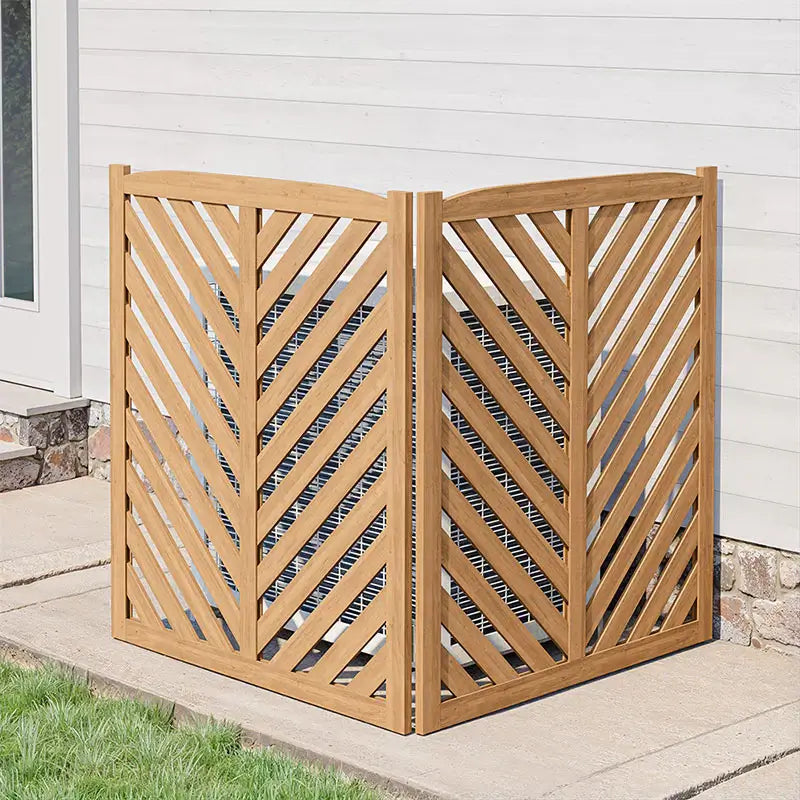
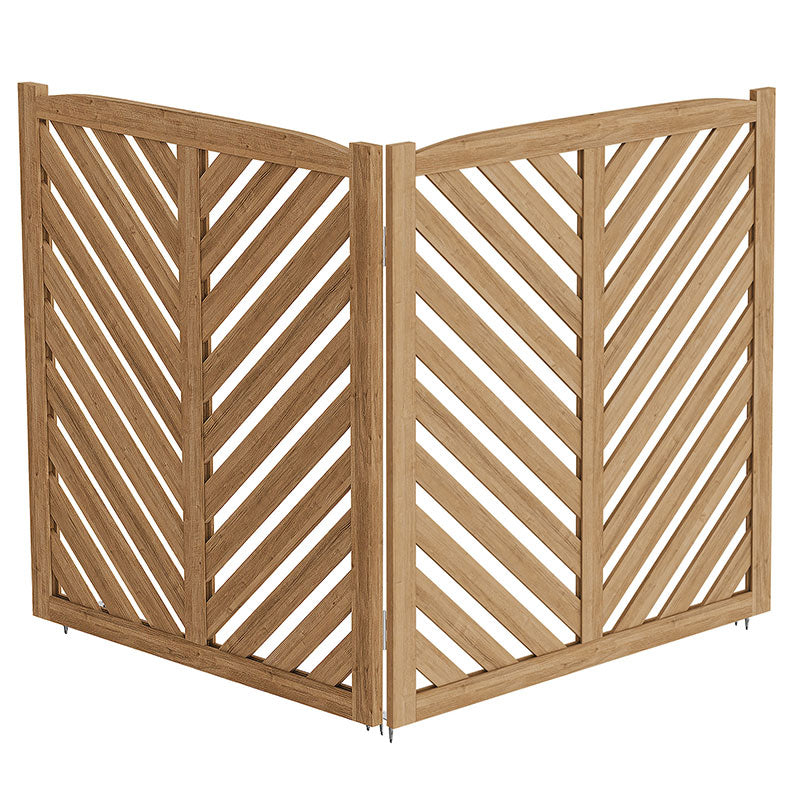
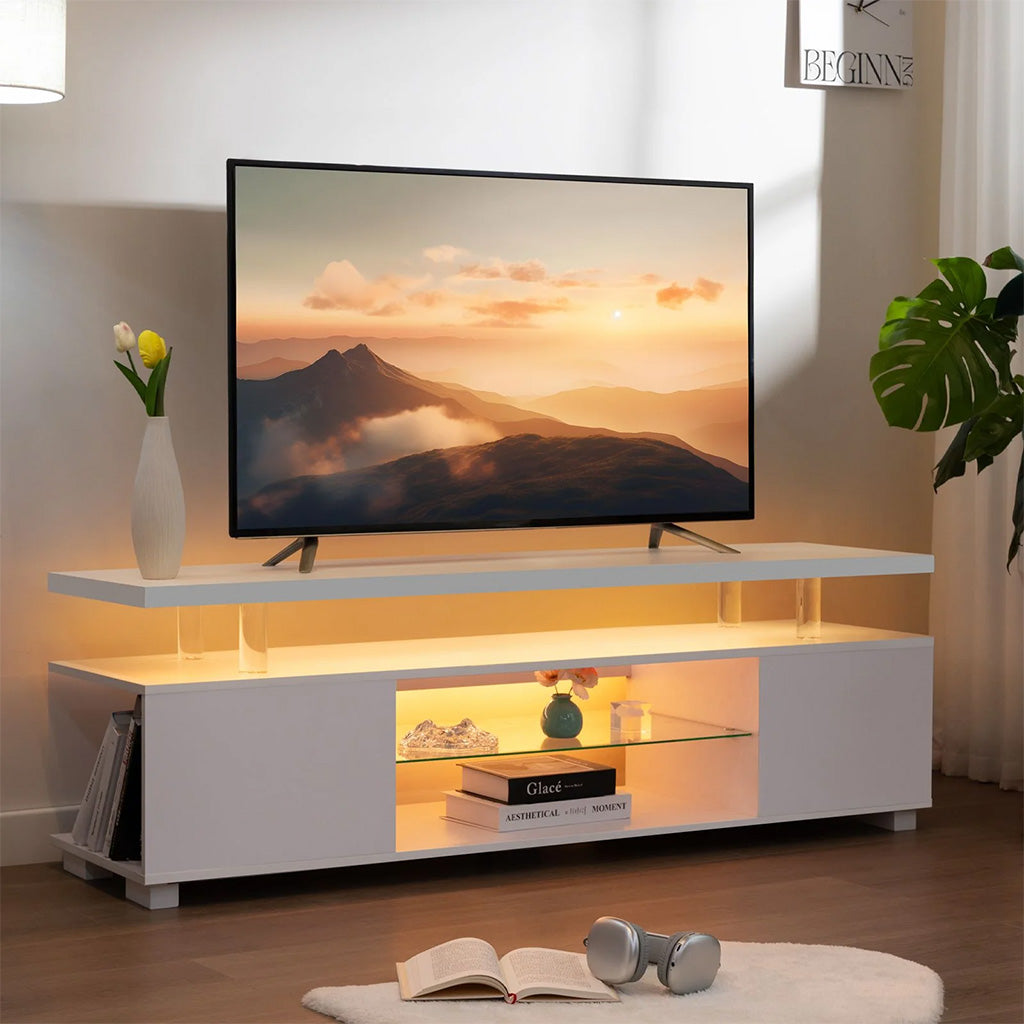
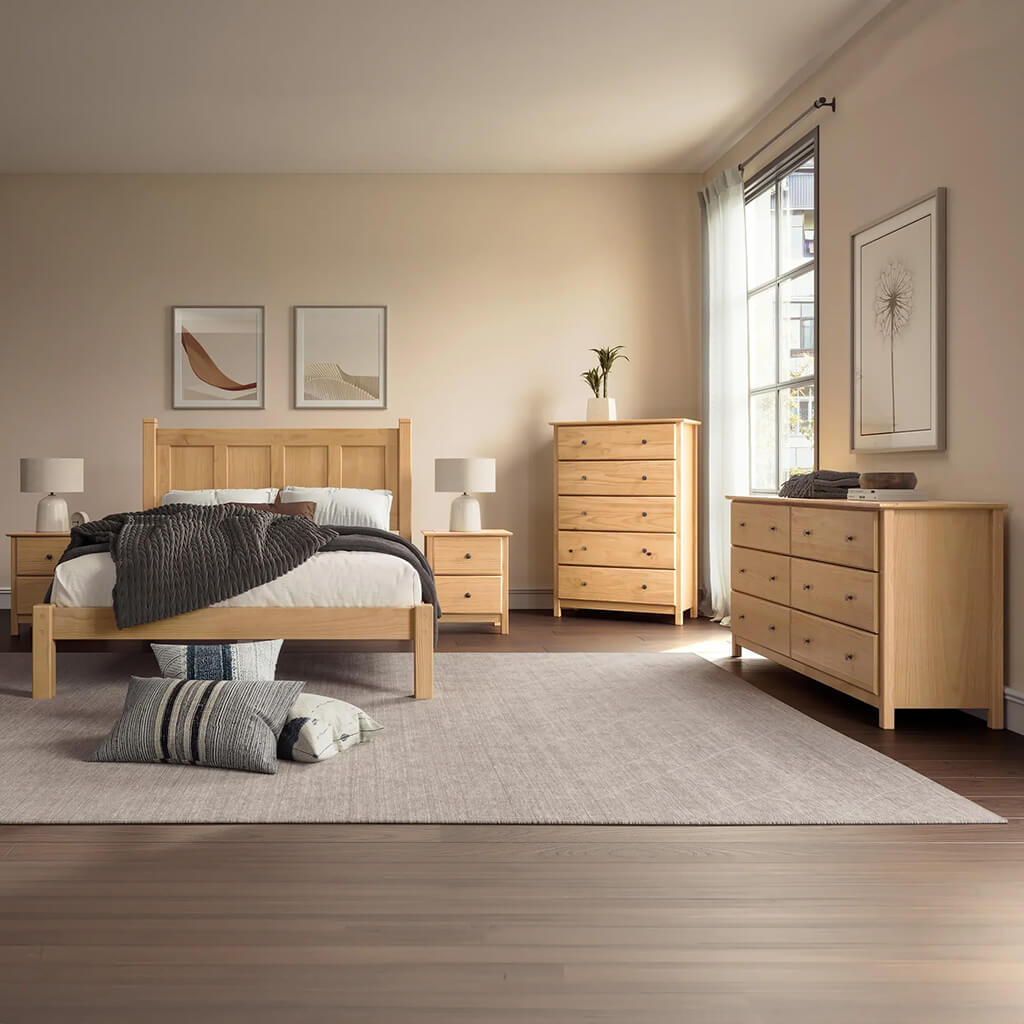
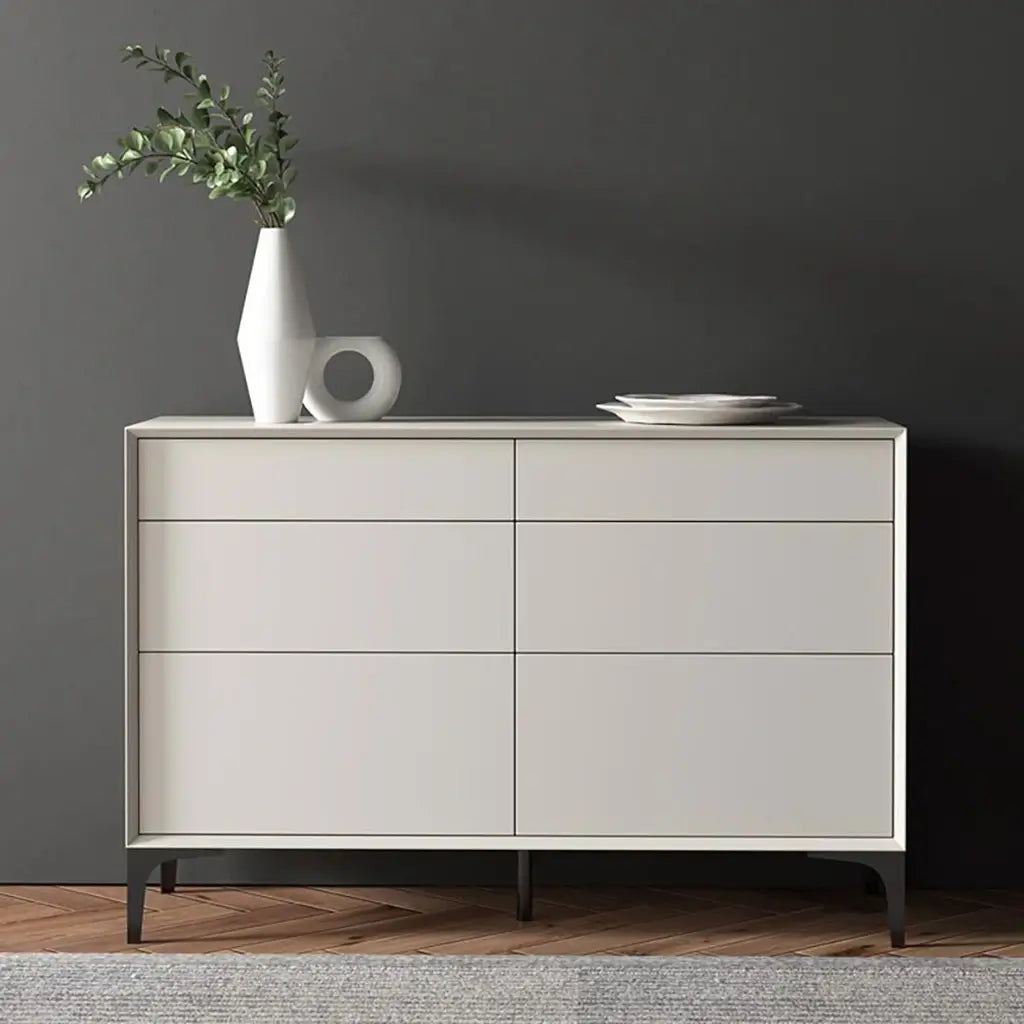
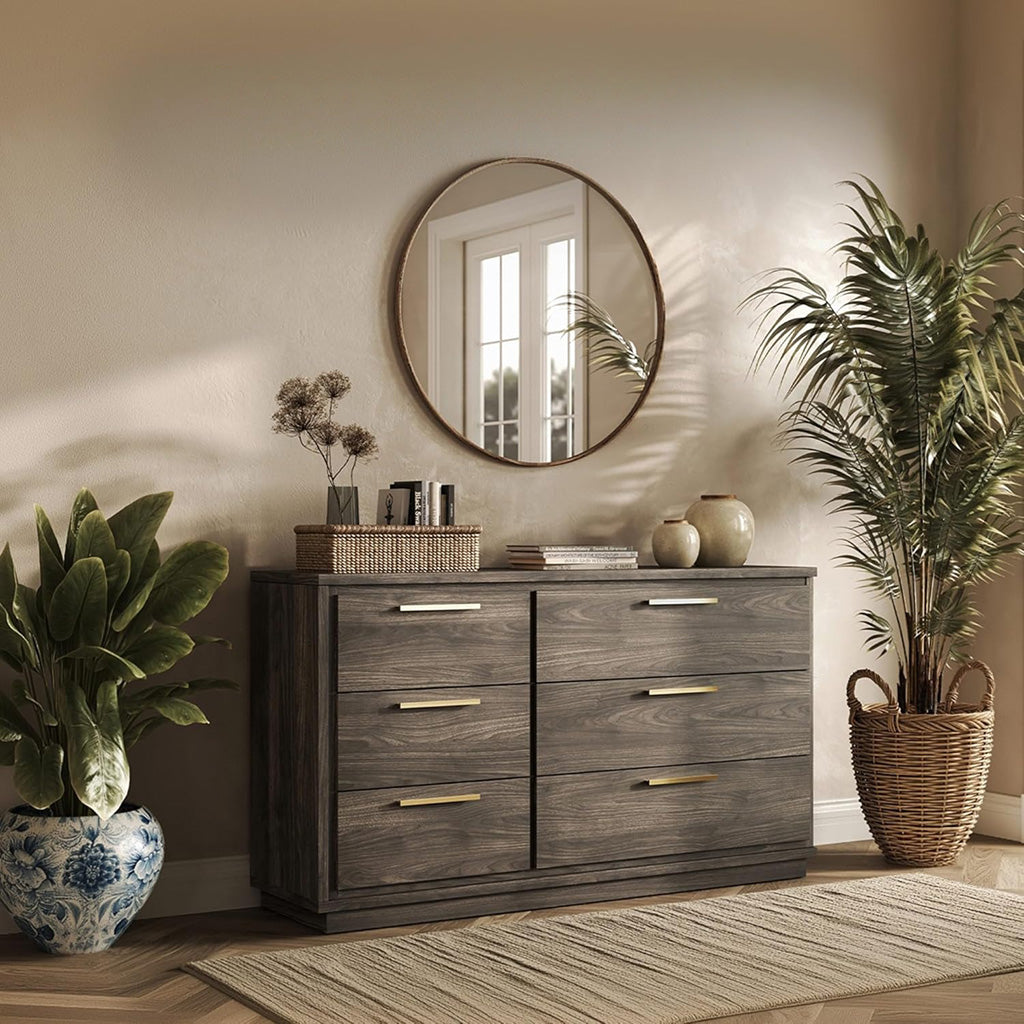
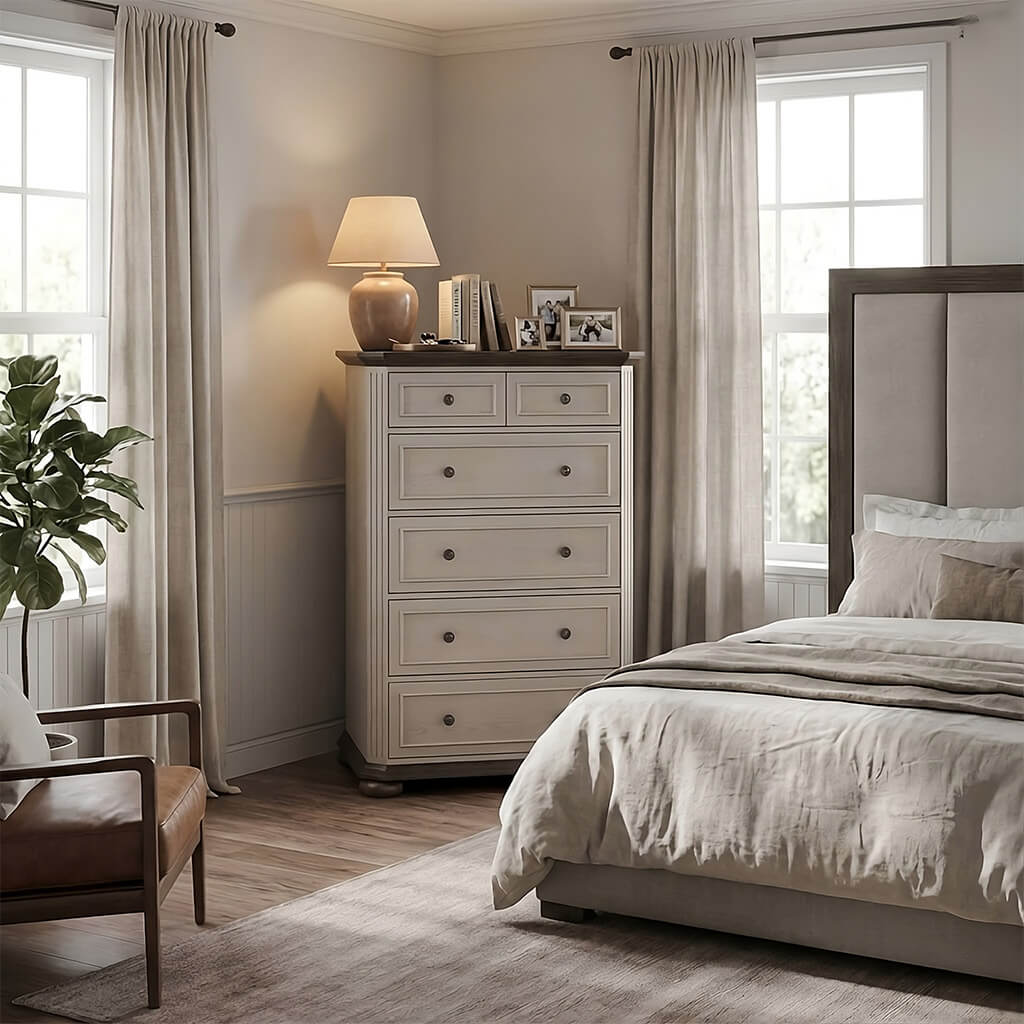
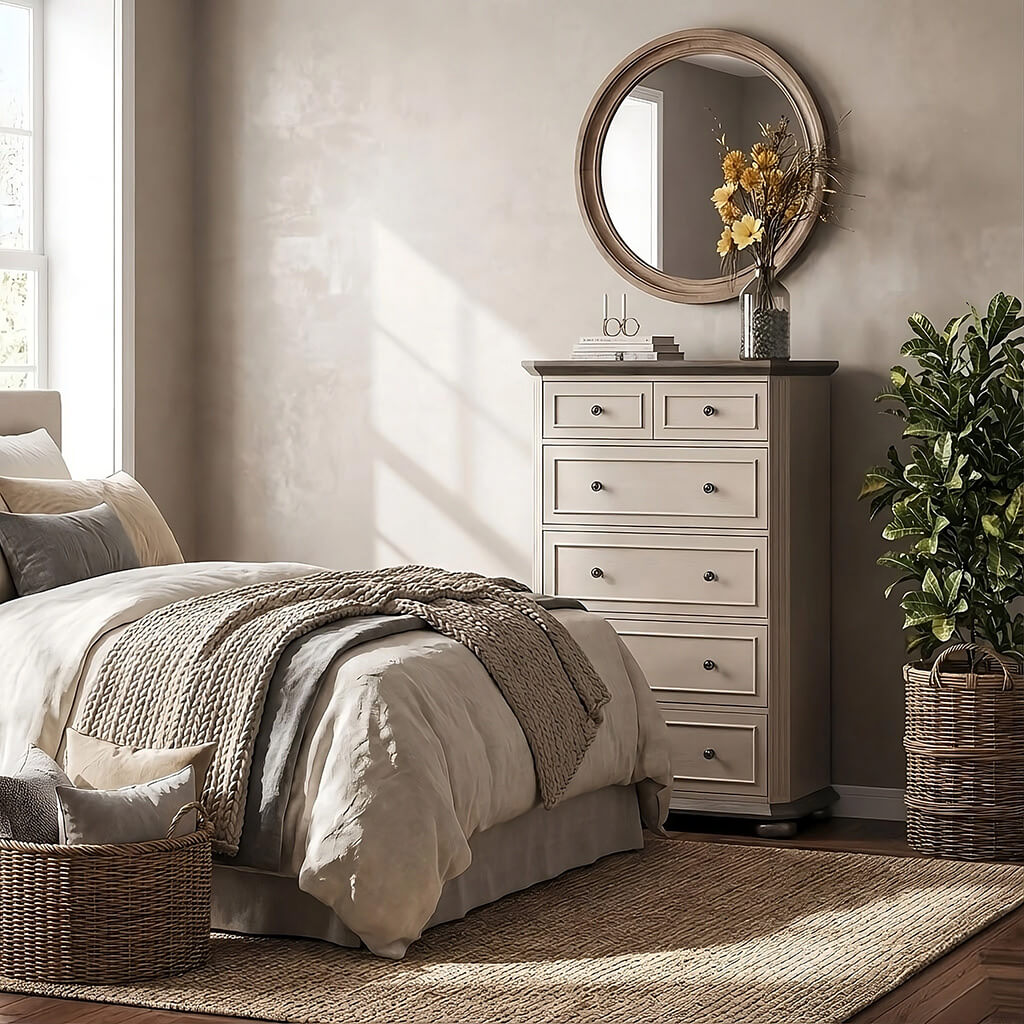
Leave a comment
This site is protected by hCaptcha and the hCaptcha Privacy Policy and Terms of Service apply.